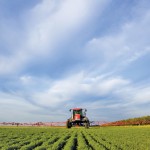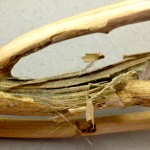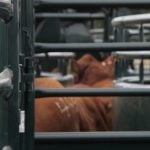
Tag Archives Canola Council of Canada

Clubroot resistance collapses for canola in Alberta
Be proactive about prevention

Canola emergence low at best of times
The longer it takes canola seed to germinate, the more susceptible it is to disease

Glyphosate: Advice to producers remains the same
Without the introduction of herbicide-resistant canola, yields would likely be much lower than they are today

Check inputs to ensure they’re customer approved
Manipulator, a plant growth regulator recently registered for wheat in Canada, hasn’t been approved in the United States yet

Exploring canola diagnostics, diseases and deficiencies
CanoLAB participants get a hands-on demonstration of the most recent production practices

A canola disease that still lingers
More than 90 per cent of surveyed canola fields had blackleg

Disease a North American first
Where it came from isn’t as important as how it will be contained when it comes to verticillium wilt in canola

Top 10 risky storage situations for canola

Canola Council joins coalition for bee health road map
A diverse group of corporate entities join together with beekeepers as the Honey Bee Health Coalition

Assessing canola’s susceptibility to lygus bug damage
The risk declines as seeds in the lower pods start to change colour


